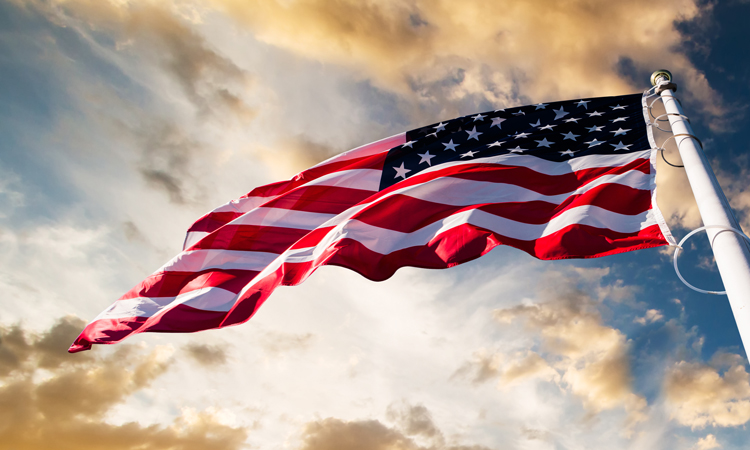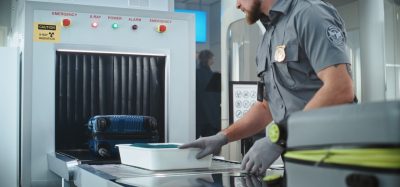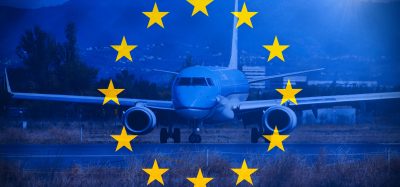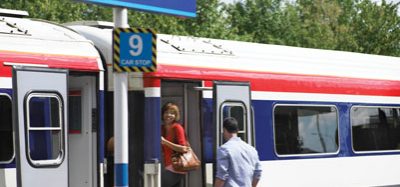ACI North America calls for additional aviation support from U.S. Congress
Posted: 22 June 2020 | International Airport Review | No comments yet
In addition to calling for $13 billion in financial support, ACI-NA has made several aviation policy recommendations to the U.S. Congress.


On 18 June 2020, President and CEO of Airports Council International – North America (ACI-NA), Kevin M. Burke, testified at the U.S. Congress’ House Subcommittee on Transportation and Maritime Security hearing to discuss the aviation industry and air travel during the COVID-19 era.
During his testimony, Burke explained that the unexpected plunge in travel related to COVID-19 is expected to cost U.S. airports a minimum of $23 billion and stressed the need for additional federal funding in order to help airports meet operating costs, enhance security and provide for the health of the travelling public.
Burke said: “Powerful economic engines before the COVID-19 pandemic, generating more than $1.1 trillion in annual activity and supporting over 10 million jobs, U.S. airports have been reduced to mere shells of their former selves, with passenger traffic down by nearly 90 per cent from the levels we saw this time last year. As a result, airports, airlines, and tenants are all now struggling to survive. ACI-NA estimates U.S. airports face at least $23 billion in operating losses as a result of the COVID-19 pandemic, based on preliminary data about air service reductions to date. On top of that, tenants at U.S. airports – such as airlines, concessionaires and rental car companies – are all seeking financial relief from airports via rent/fee waivers and deferrals.”
Free webinar – The future of asset management in global aviation
15 January, 2026, 02:00PM GMT
Join this virtual panel to hear from some of the AtkinsRéalis and aviation sector experts as we discuss how asset management is changing and the impact it will have on the future operations of airports throughout the world.
“Meanwhile, airports must still keep the lights on, provide for the health, safety and security of employees and tenants, while ensuring the bills are paid. At the same time, U.S. airports face growing operating expenses as they increase cleaning of public areas, checkpoints and restrooms; add more hand sanitising stations for passengers and employees; install plexiglass barriers in passenger-facing areas; procure cleaning supplies and personal protective equipment; and implement physical distancing measures,” he added.
Within his testimony, Burke made several key funding and policy recommendations to members of Congress, including:
- $13 billion in additional emergency assistance to help airports meet growing operating costs and their debt-service obligations in the coming year
- Working with key stakeholders to develop and implement new measures to protect public health, including creating a “touchless” aviation security screening process that provides adequate physical distancing for passengers
- Establishing a joint advisory panel involving the U.S. Department of Homeland Security (DHS), the U.S. Department of Transportation (DOT), the U.S. Department of Health and Human Services (HHS), the U.S. Department of State (DOS) and industry stakeholders to develop recommendations for the operational, infrastructure, and technology issues related to pandemic planning.
Drawing to a close, Burke highlighted the importance of airports in sustaining economic development, stressing that co-operation between all stakeholders is paramount: “Airports are leading economic engines in their community and investments in airports have multiplying impacts throughout their regions. I hope we can all work together over the next few months to help airports weather this crisis so that we can get Americans back to work and travelling again though an aviation system that is stronger, safer, more secure and more resilient than ever.”
Stay Connected with International Airport Review — Subscribe for Free!
Get exclusive access to the latest airport and aviation industry insights from International Airport Review — tailored to your interests.
✅ Expert-Led Webinars – Gain insights from global aviation leaders
✅ Weekly News & Reports – Airport innovation, thought leadership, and industry trends
✅ Exclusive Industry Insights – Discover cutting-edge technologies shaping the future of air travel
✅ International Airport Summit – Join our flagship event to network with industry leaders and explore the latest advancements
Choose the updates that matter most to you.
Sign up now to stay informed, inspired, and connected — all for free!
Thank you for being part of our aviation community. Let’s keep shaping the future of airports together!
Related topics
Aeronautical revenue, Airport crisis management, COVID-19, Economy, Funding and finance, New technologies, Passenger experience and seamless travel, Passenger volumes, Regulation and Legislation, Safety
Related organisations
Airports Council International North America (ACI-NA), The U.S. Department of Transportation (DOT), U.S. Department of Health and Human Services (HHS), U.S. Department of Homeland Security (DHS), U.S. Department of State (DOS), United States Congress


















